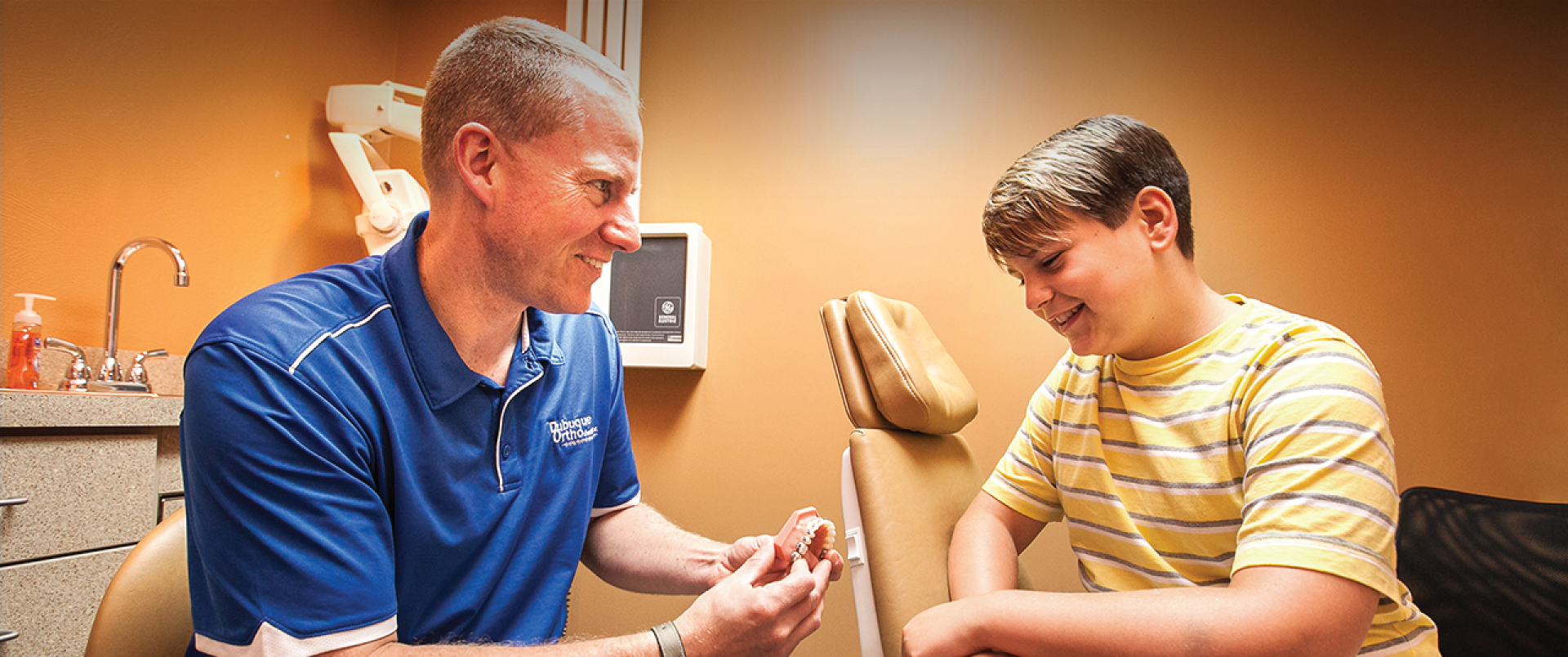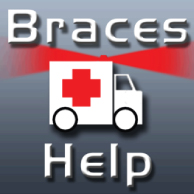
RESOURCES AND FAQs
SORENESS FROM BRACES AND APPLIANCES
Remember, discomfort is normal after appliances and braces are initially placed or adjusted. We promise this tenderness will not last forever! After braces are “tightened” you may feel sore initially, which will subside with time. It is advisable to take a low dose of mild pain reliever as needed. Please do NOT exceed dosages recommended on the bottle.
FOR MORE INFORMATION ON CLEAR ALIGNERS AND INVISALIGN WEAR/CARE CLICK HERE
ORAL HYGIENE WITH BRACES AND APPLIANCES
Orthodontic appliances can make it more difficult to remove food debris and plaque, thus making the teeth more susceptible to cavities and decalcification (white marks). Therefore, excellent oral hygiene is expected throughout the duration of orthodontic treatment. Brushing, flossing and supplemental rinses are necessary. Brushing after every meal and snack and flossing once each day are important. Also, it is essential to continue seeing your general dentist for routine cleanings and care. We give every patient extensive oral hygiene instructions once appliances are placed.
Brushing with Braces
Flossing with Braces
WHAT TO AVOID
Any sticky foods, including:
– Caramel
– Gum
– Gummy bears
– Tootsie Rolls
– Starburst®
– Taffy, etc.
Hard foods, including:
– Hard, uncooked fruits and vegetables like apples, carrots and celery, unless cut into small pieces
– Hard candies (i.e. Jolly Ranchers, jawbreakers, etc.)
– Chewing on ice
– Nuts
– Hard bread
– Corn chips
– Popcorn
– Corn on the cob
– Pretzels
– Pizza crusts
– Jerky
It is important to avoid chewing on fingernails as well as pens and pencils or any other foreign objects.
Also, try to limit consumption of foods and liquids that are high in sugar content.
DO consume foods high in nutrition and use common sense when deciding if a certain food should be eaten. Remember, anything hard or sticky may be problematic.
HOW TO HANDLE AN EMERGENCY
While things can break or poke you periodically, there are few real emergencies during the course of orthodontic treatment.
Loose band or brace:
If a band (metal ring around the tooth) or brace comes loose, it is typically not a significant problem. Simply call our office and schedule an appointment to have it reattached to the tooth. If this happens in the evening or over the weekend, you can call on the next working day. Leaving the loose brace in place is preferred; however, if it is causing discomfort, wax can be placed on it. Or if necessary, you can remove the loose brace by clipping the archwire with a fingernail clipper that’s been washed and disinfected with alcohol.
Wire irritation:
Wires can sometimes shift or break during the course of treatment. If this should occur, call our office for an appointment. If after hours or on a weekend, you can try to bend the wire with a pencil eraser or place wax on the area causing irritation. Also, the wire can be clipped with a fingernail clipper that’s been washed and disinfected with alcohol.
Braces Problems
FAQs
Invisalign is a brand of clear aligners. These are plastic trays that intimately cover your teeth. Although it is an alternative treatment modality, not all patients are candidates for clear aligner therapy.
Check out the iBracesHelp App in the iTunes App Store:
iBracesHelp is a free, informative application for people wearing braces or those who are interested in getting orthodontic work done. The application is full of useful information, pictures and videos on caring for your braces and what to do if you have problems with your braces.
This app was developed by braceshelp.com.

